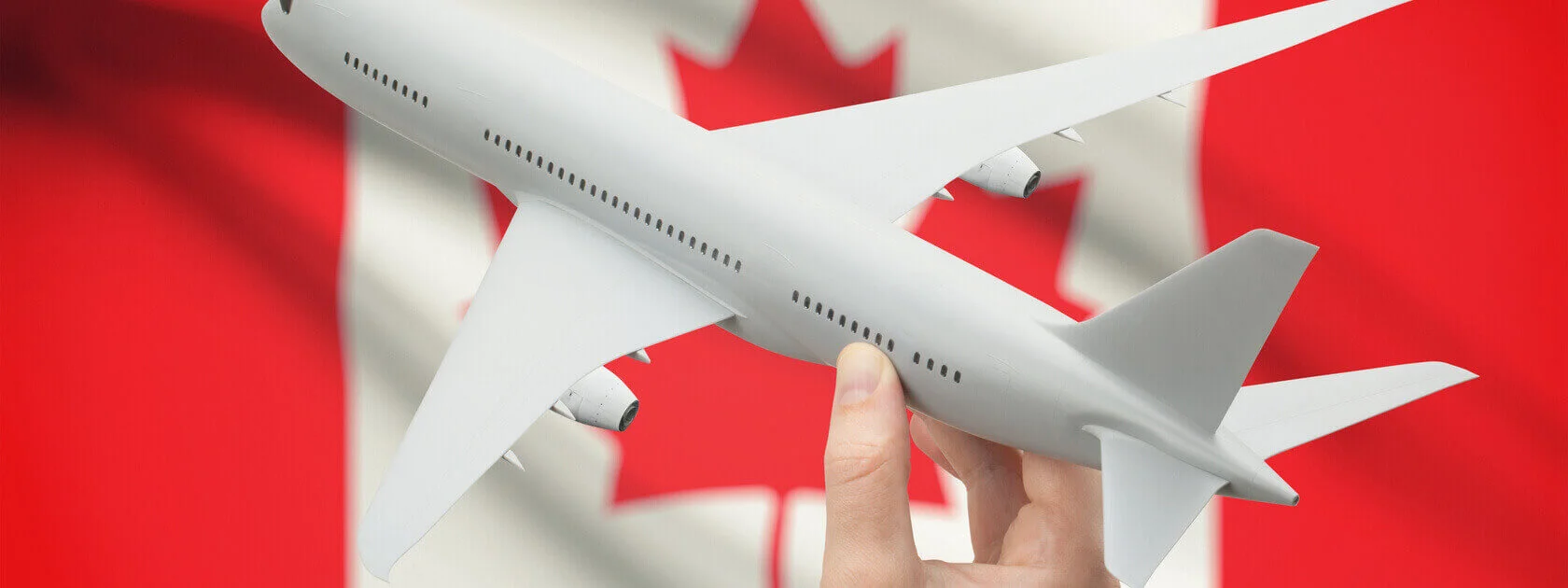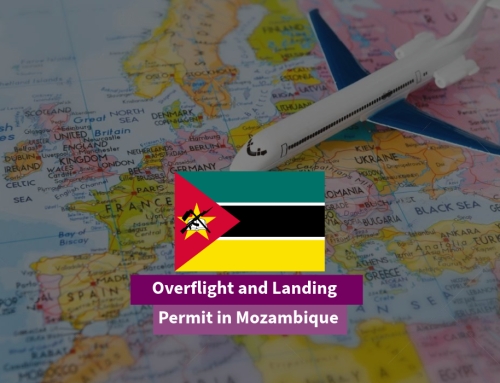Obtain Overflight and Landing Permits in Canada
Canada, with its vast airspace and world-class aviation infrastructure, is a key destination and transit point for global air traffic. Whether you’re planning an overflight or landing in Canada, obtaining the necessary permits is essential for smooth operations. The process is regulated by Transport Canada and the Nav Canada Air Navigation Service. This guide outlines the requirements, processes, and considerations for securing flight permits in Canada.

Types of Flight Permits
- Overflight Permits
- Requirement:
- Not mandatory for most foreign-registered aircraft to fly through Canadian airspace as long as the flight complies with International Civil Aviation Organization (ICAO) rules.
- Permits may be required for flights operating under non-ICAO-compliant conditions or involving restricted airspace.
- Application Process:
- Submit flight plans to Nav Canada by ICAO guidelines.
- Include details such as route, entry and exit points, estimated times, and purpose of the flight.
- Requirement:
- Landing Permits
- Requirement:
- Necessary for all non-scheduled commercial and charter flights intending to land at Canadian airports.
- Also required for private and corporate flights depending on specific conditions.
- Application Process:
- Submit permit requests to Transport Canada at least 48-72 hours before the flight.
- Required documents include:
- Aircraft registration and airworthiness certificates.
- Pilot licenses and crew documentation.
- Passenger and cargo manifests.
- Insurance coverage is compliant with Canadian aviation standards.
- Details of the purpose of landing (e.g., cargo delivery, passenger drop-off).
- Requirement:
Major Airports in Canada
- Toronto Pearson International Airport (YYZ/CYYZ):
- The busiest airport in Canada, serving as a major hub for international and domestic flights.
- Vancouver International Airport (YVR/CYVR):
- A key gateway to the Pacific, handling significant cargo and passenger traffic.
- Montréal-Pierre Elliott Trudeau International Airport (YUL/CYUL):
- Serving the province of Quebec, this airport connects Canada to Europe and beyond.
- Calgary International Airport (YYC/CYYC):
- A critical hub for western Canada, supporting both passenger and cargo operations.
- Edmonton International Airport (YEG/CYEG):
- A growing airport for northern Canada and Arctic-bound operations.
Special Considerations
- Airspace Management:
- Canadian airspace is managed by Nav Canada, ensuring safe and efficient navigation. Operators must adhere to published airways and altitude restrictions.
- Compliance with Customs and Immigration:
- All international flights landing in Canada must comply with Canada Border Services Agency (CBSA) regulations for customs and immigration clearance.
- Military and Restricted Airspace:
- Flights operating in or near restricted or military zones require special permissions from Transport Canada or the Department of National Defence (DND).
- Slot Coordination:
- Busy airports like Toronto Pearson may require prior slot approvals, particularly during peak hours.
- Permit Revisions:
- Changes to approved permits, such as flight delays or route adjustments, must be communicated promptly for re-approval.
Why Choose Canada for Your Operations?
- Strategic Location:
- Positioned between Europe, Asia, and the United States, Canada is a vital transit hub for global aviation.
- Modern Infrastructure:
- World-class airports are equipped to handle a diverse range of aircraft and operations.
- Economic Opportunities:
- Canada’s thriving economy supports increasing demand for passenger and cargo operations.
- Natural Attractions:
- Tourism opportunities abound, with travelers flocking to Canada’s stunning landscapes and vibrant cities.
Need help with Flight Permits? click here






